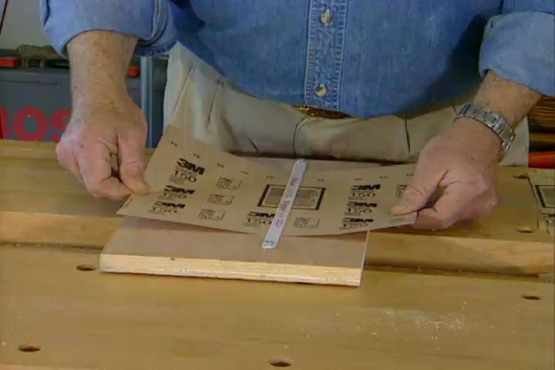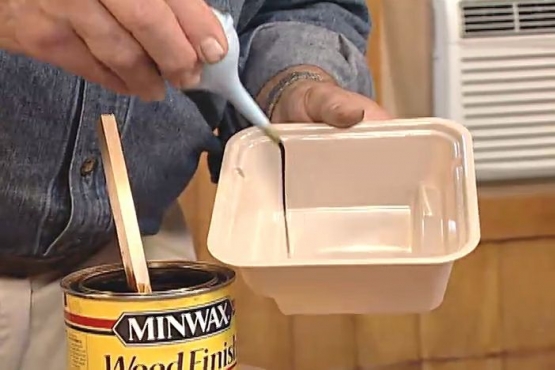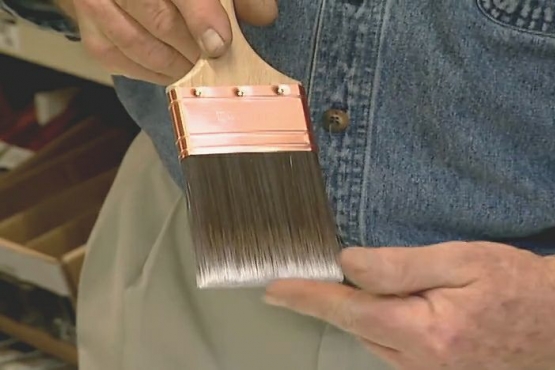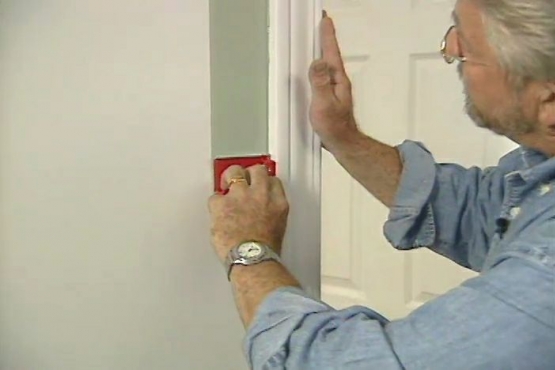How to Pre-Finish Wood Trim
Learn how to pre-finish crown molding, bead board and other wooden trim before installation.
Pre-finishing new wood trim such as crown molding, baseboards, bead board, and chair rails before attaching it to the wall has a number of benefits. Among those advantages are minimizing fumes by working in a well-ventilated workshop or garage, applying the finishes while you stand upright at a convenient work surface, and eliminating the likelihood of smudging painted walls or dripping on interior floors. You can apply multiple coats of stain and topcoat and allow them to dry at your convenience, thus keeping your interior living space clutter free until you are actually ready to install the trim. Nail holes present no problem, because they can be touched up with a wax finishing pencil that makes no mess whatsoever. Add the potential of using water-based finishing projects for easy soap and water clean up, and the entire project goes quickly and efficiently.
Related Tips
Blog Articles
Have You Heard of Landscape Glue?
You love the rustic charm of a gravel walkway, but the constant scattering of stones across your lawn and patio can be a real headache. Whether it’s from pets, lawn mowers, or just foot traffic, it seems impossible to keep those stones in place. Sound familiar? Well, Brian shows us a simple DIY method using landscape glue to keep your gravel path looking pristine and, more importantly, in place.
How to Remove Candle Wax Drips: Two Effective Methods
Candles create a warm and inviting atmosphere, but those pesky wax drips can be a real headache. Luckily, Brian shows us a couple of effective methods to tackle this issue, and they involve two very different temperatures: hot and cold. Here, we'll explore two effective methods: one using cold and the other using heat.
Guide to Hanging on Masonry Walls
Ever wondered how to hang that picture frame or shelf on a brick or concrete wall? It can seem daunting, but with the right tools and techniques, it's a straightforward DIY project. This guide breaks down two common methods: using concrete screws and using anchors, making it easy for you to tackle your next hanging project.










